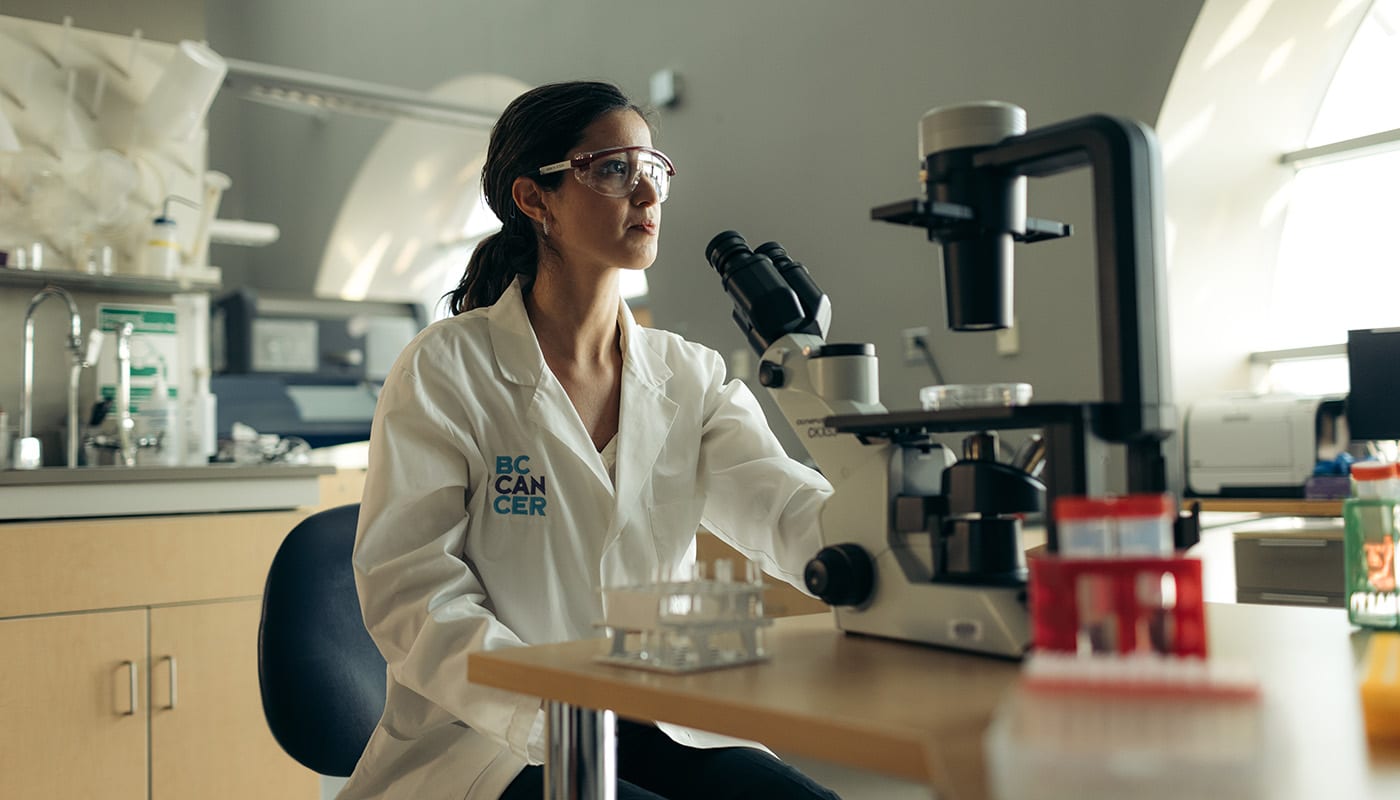My Path to a Career in Cancer Research (Part III)
March 13, 2017
The sequencers at the GSC were rapidly gaining improvements in read length and throughput. I spent my time working with the more interesting (and complex) types of data that could be generated, beginning with “transcriptomes” and then “exomes”.
Despite knowing I wanted to do a PhD, I had not yet been convinced of a project that I would want to spend the next three to five years on and I had not yet really done any research that would be perceived as “cancer research” by most people’s standards. Luckily for me, Marco had recently been collaborating with Randy Gascoyne and Joe Connors to characterize the genomic features of follicular lymphoma. I was invited to attend regular meetings and began to spend more of my time working on preliminary data as this group began to adopt next generation sequencing (NGS) for their research. Whether or not it was intentional on their part, Marco and the lymphoma group were able to convince me that this was the cancer on which I should focus.
I started my PhD, again in the Marra lab, in 2007, around when Sam Aparicio had begun the effort to sequence the first genome of a solid tumour (a lobular breast cancer). I aided in the analysis of this data with Sohrab Shah, then a postdoctoral fellow with Sam. It took countless months of effort from laboratory staff and computational biologists to arrive at what we felt were an accurate (and complete) analysis of this one patient’s genome. By today’s standards, our analysis appears quaint and could be accomplished in a matter of weeks. I also spent some time working on what would become the first example of a Personalized Onco-Genomics (POG) project. POG now routinely performs a much more thorough analysis of patient tumours on a weekly basis.
Most of my time during the following three years was spent studying a set of samples from patients with either follicular or diffuse large B-cell lymphoma. These tumours are extremely heterogeneous and have a high mutation rate. Armed with the right technology at the right time, we made a series of discoveries of new genes involved in “driving” these cancers. I did not realize it at the time, but a PhD would not be the end of my work on this problem, only the beginning.
More on that later this week,
Ryan


